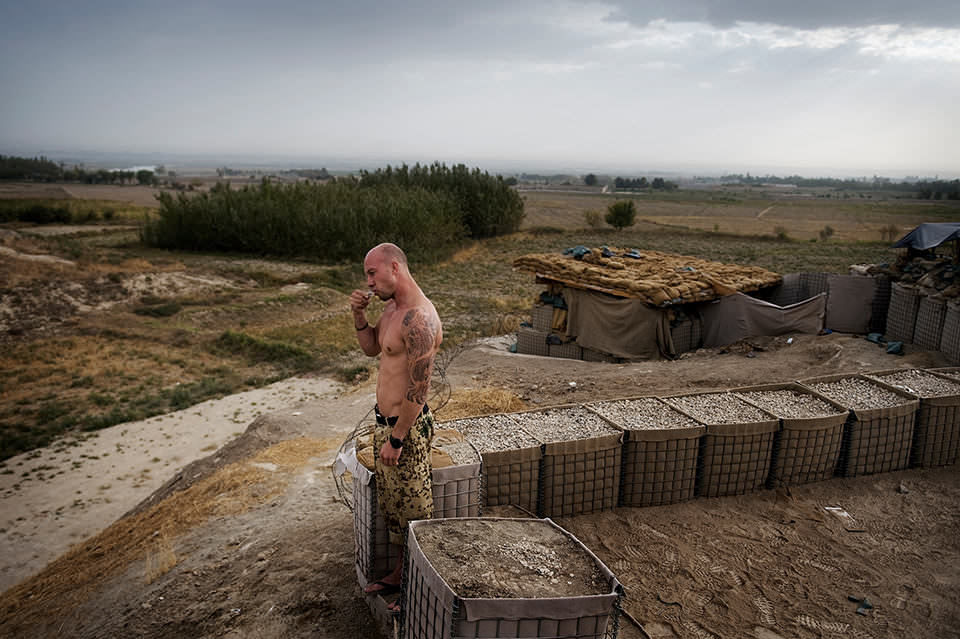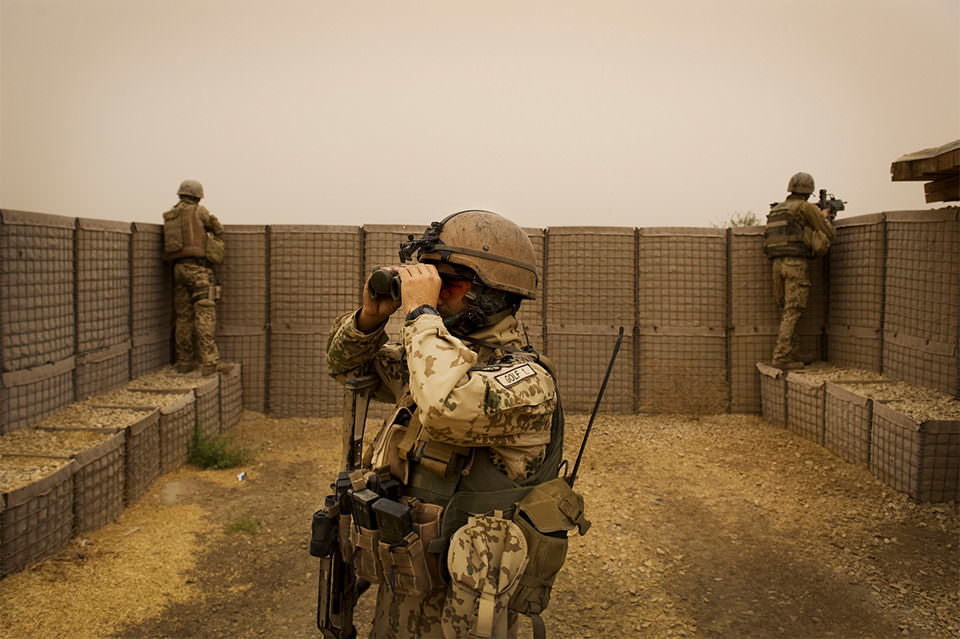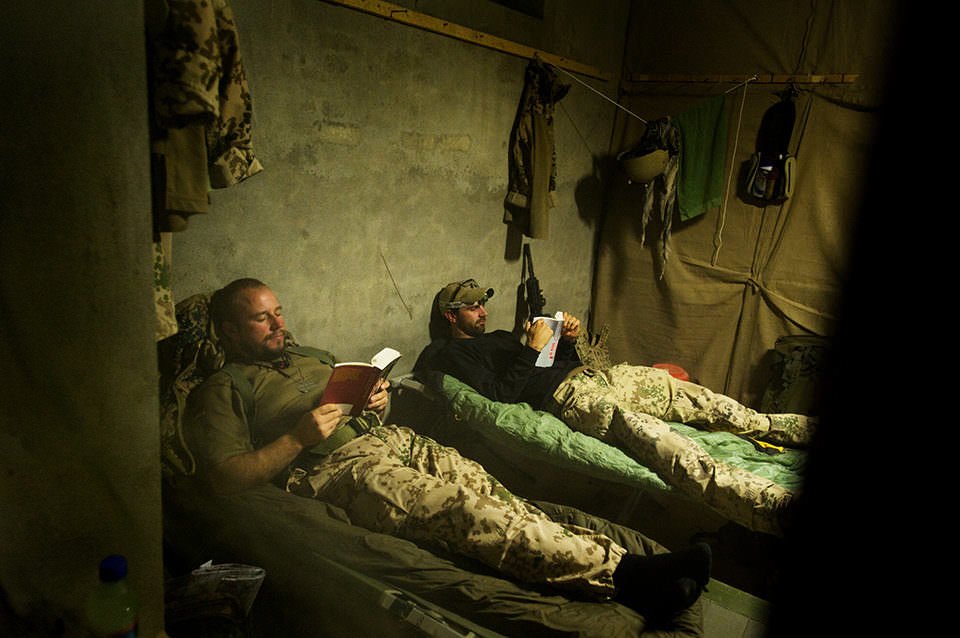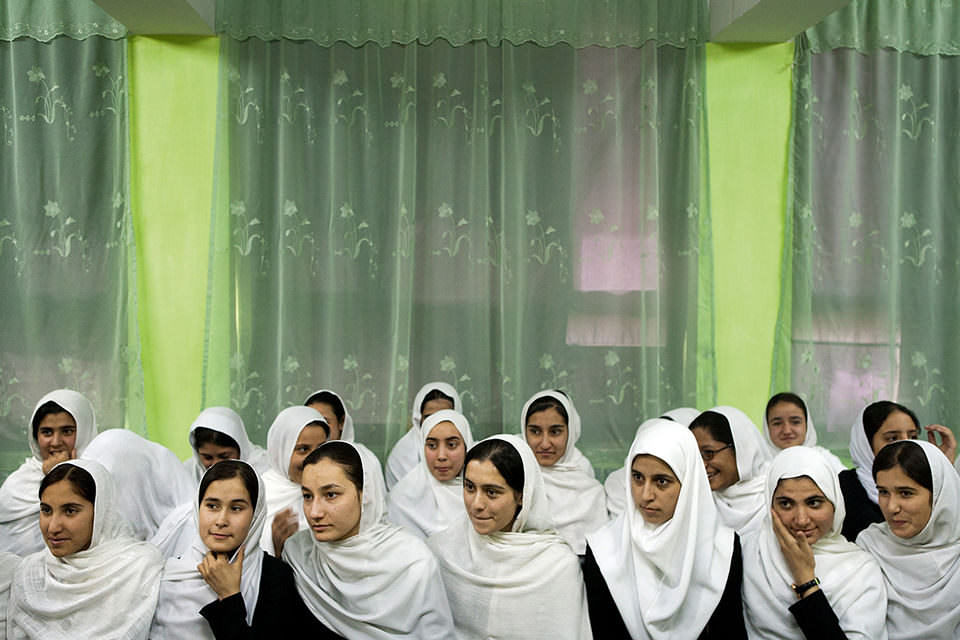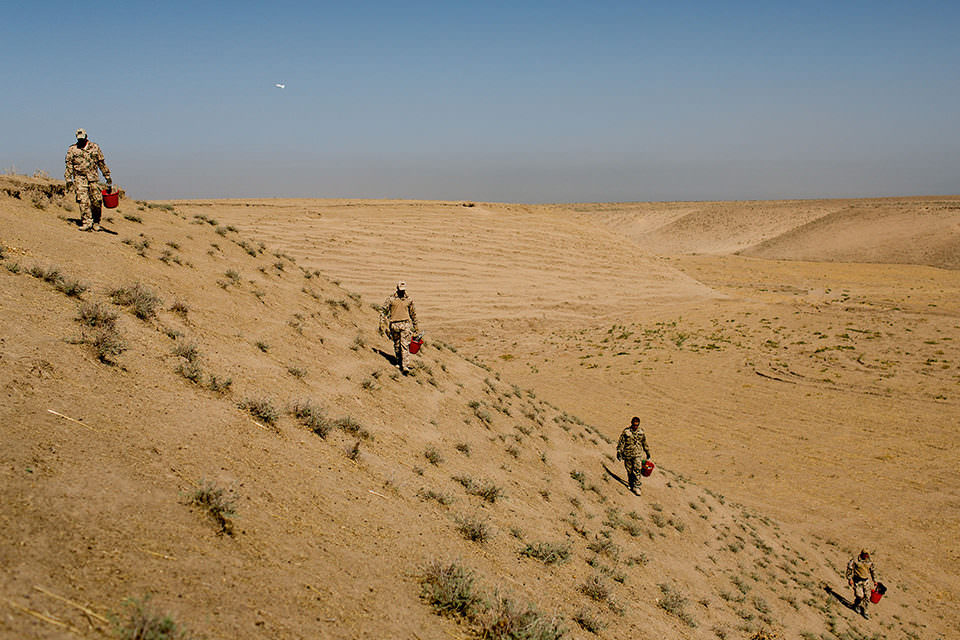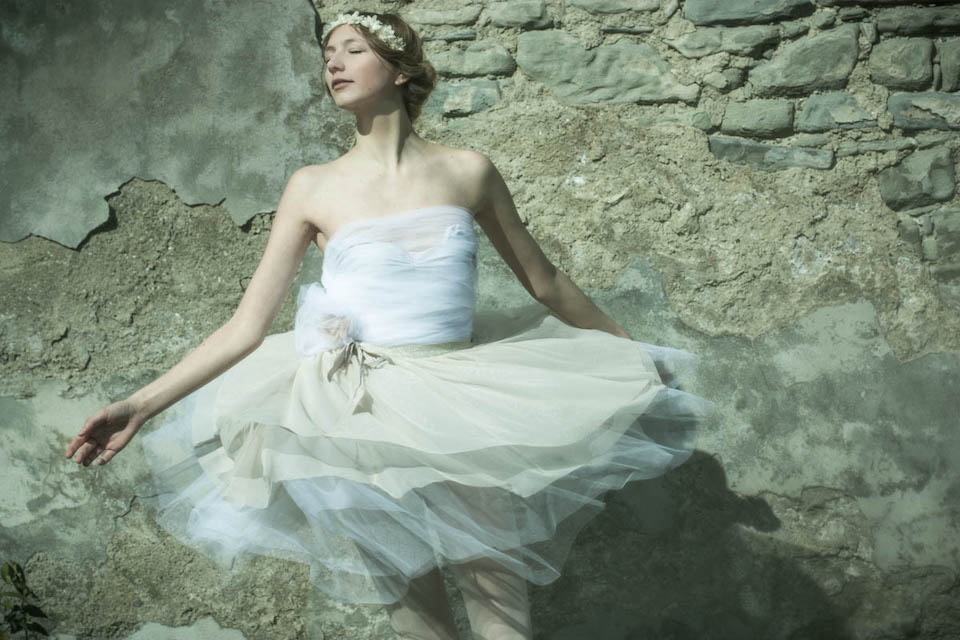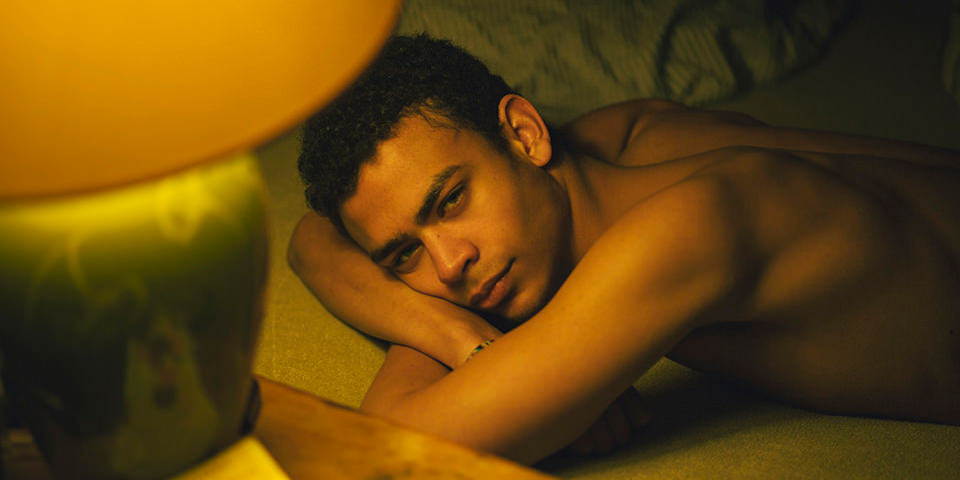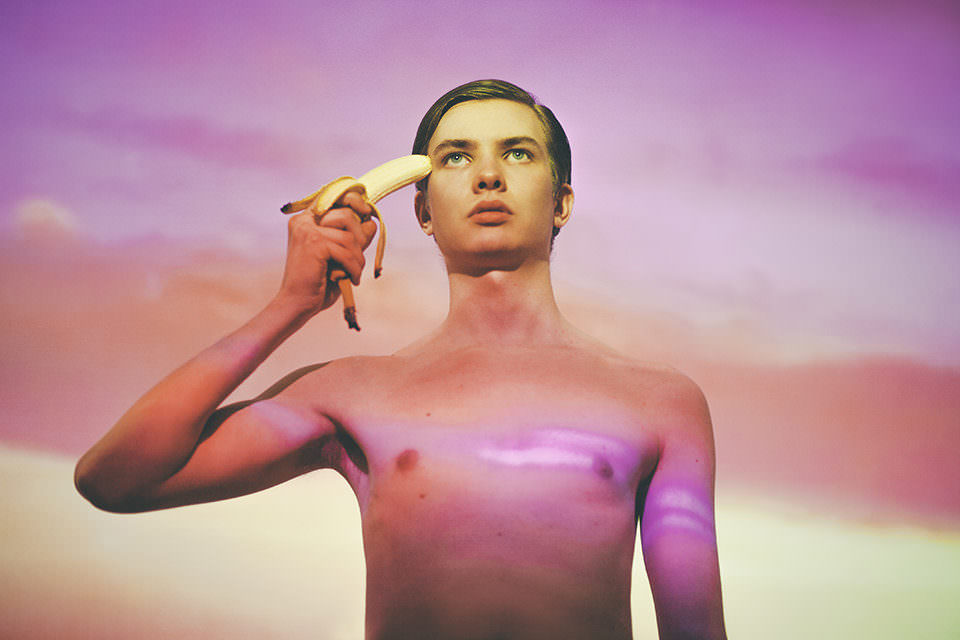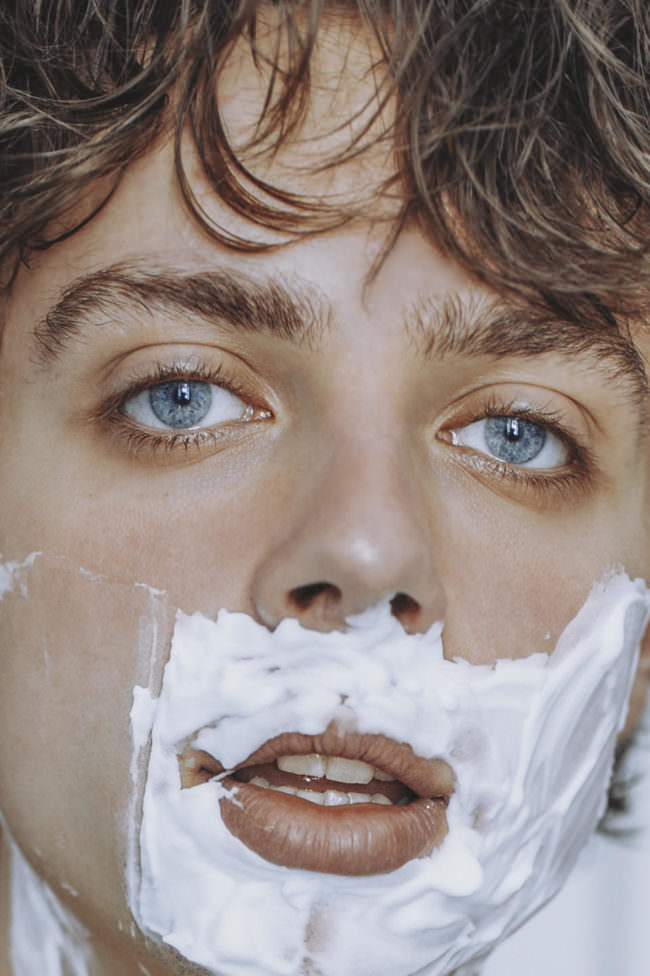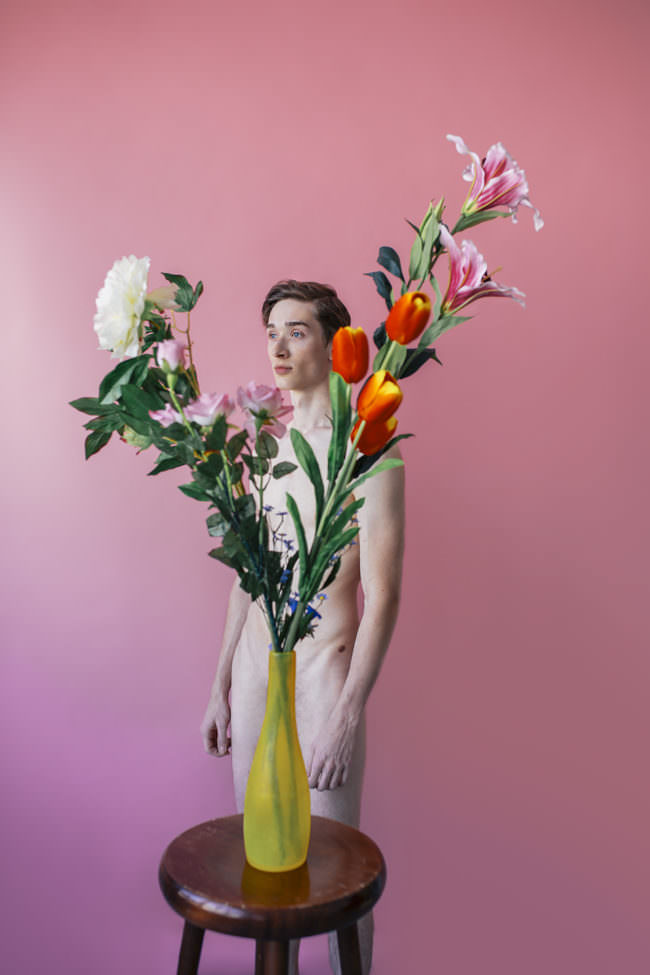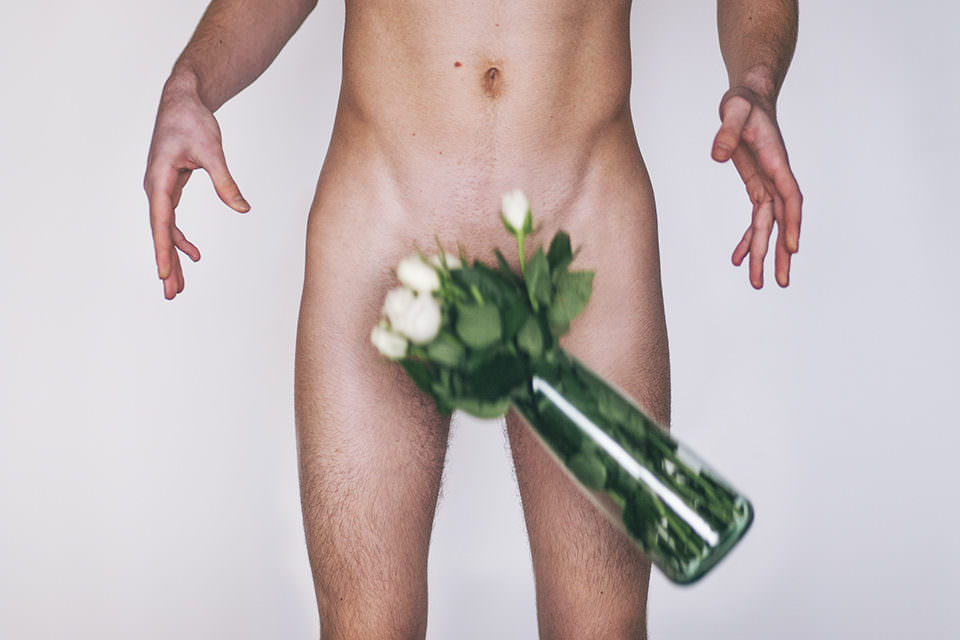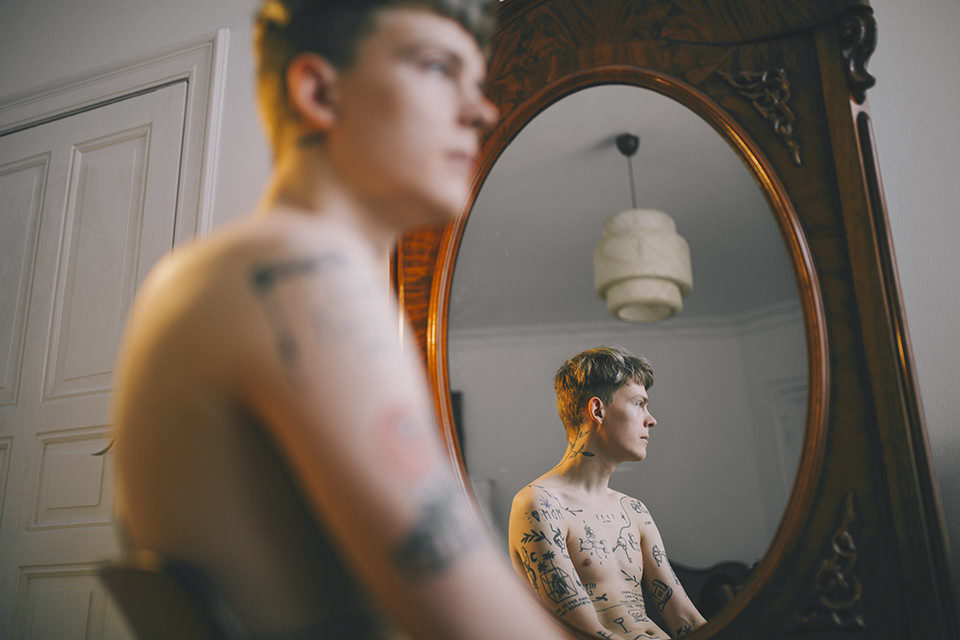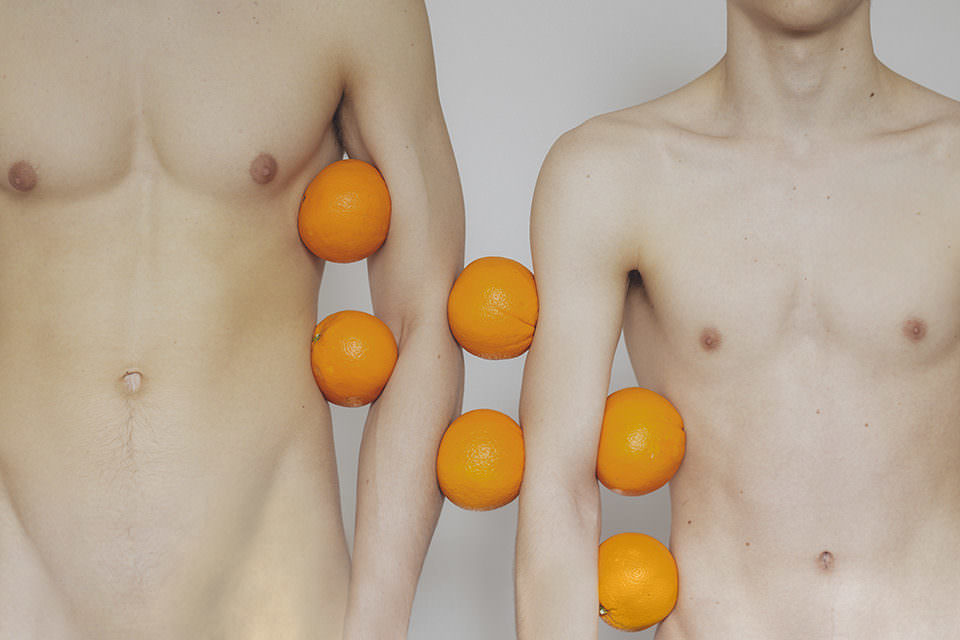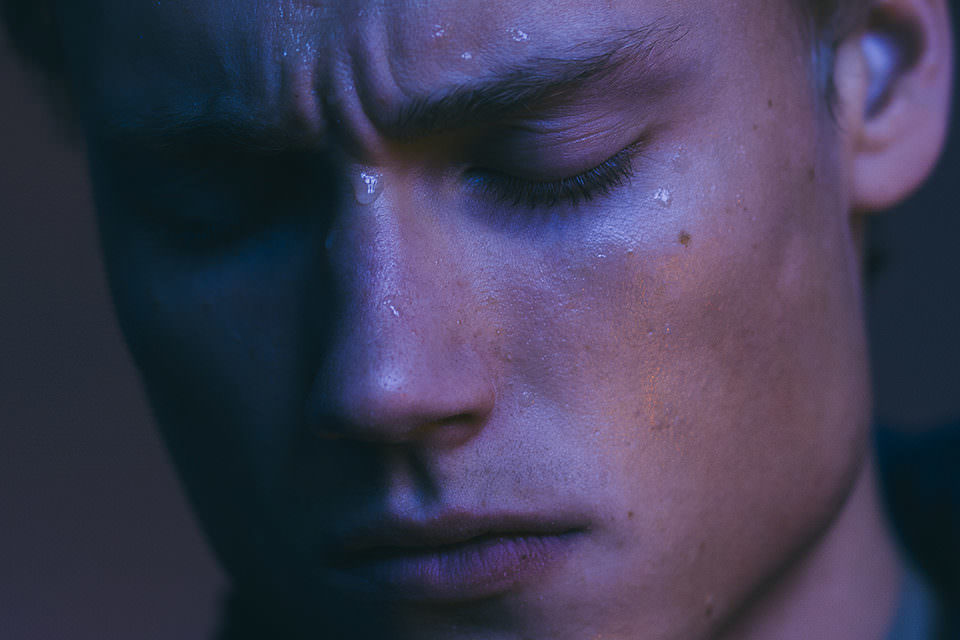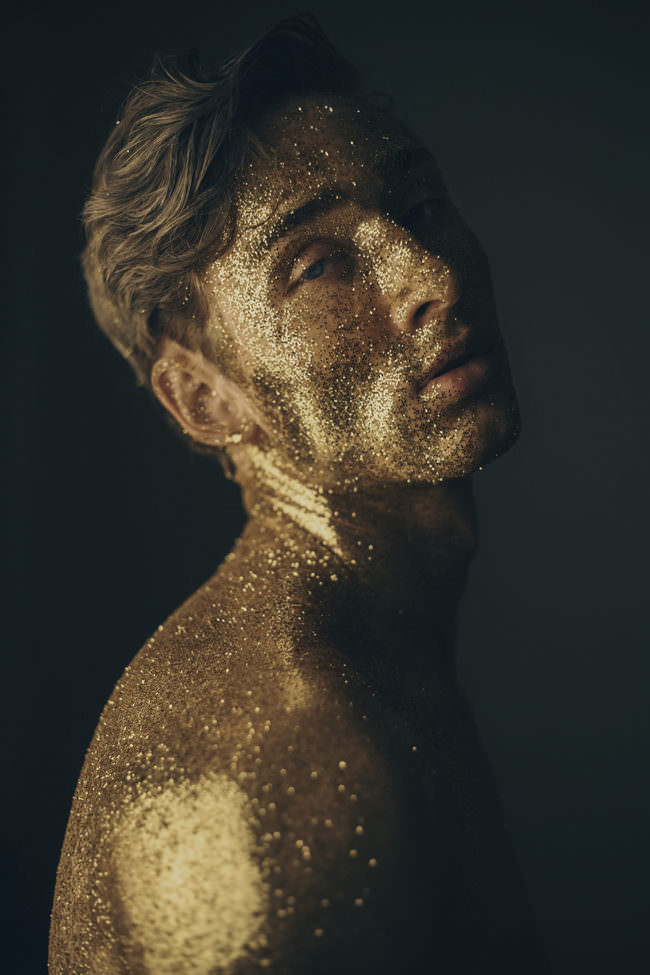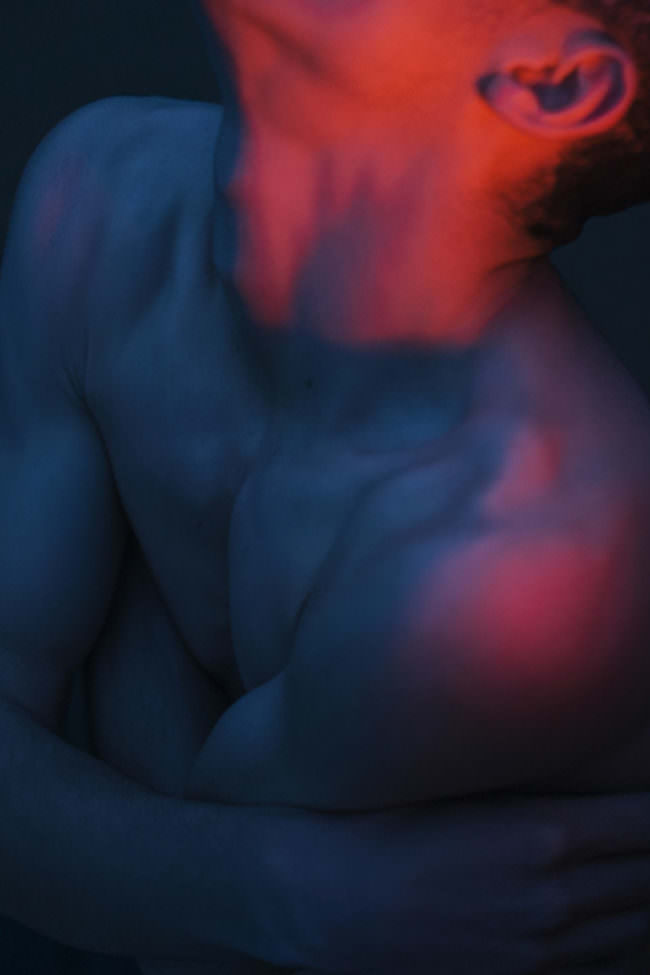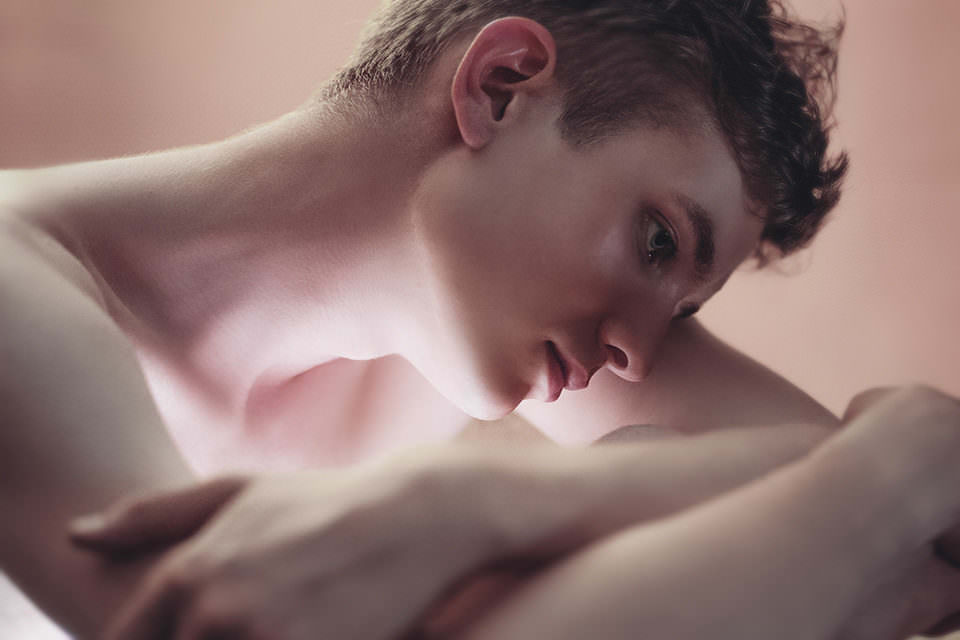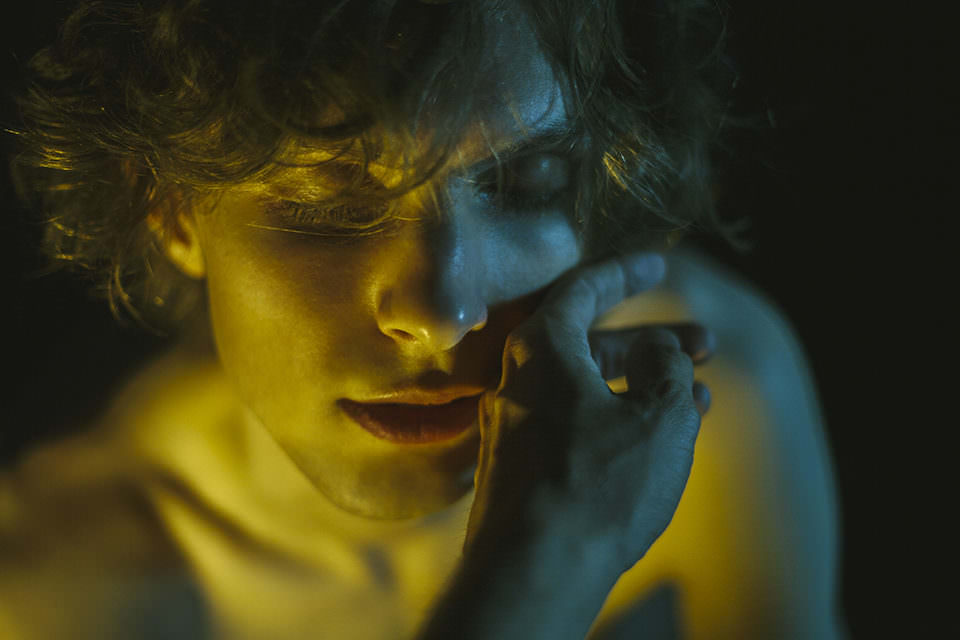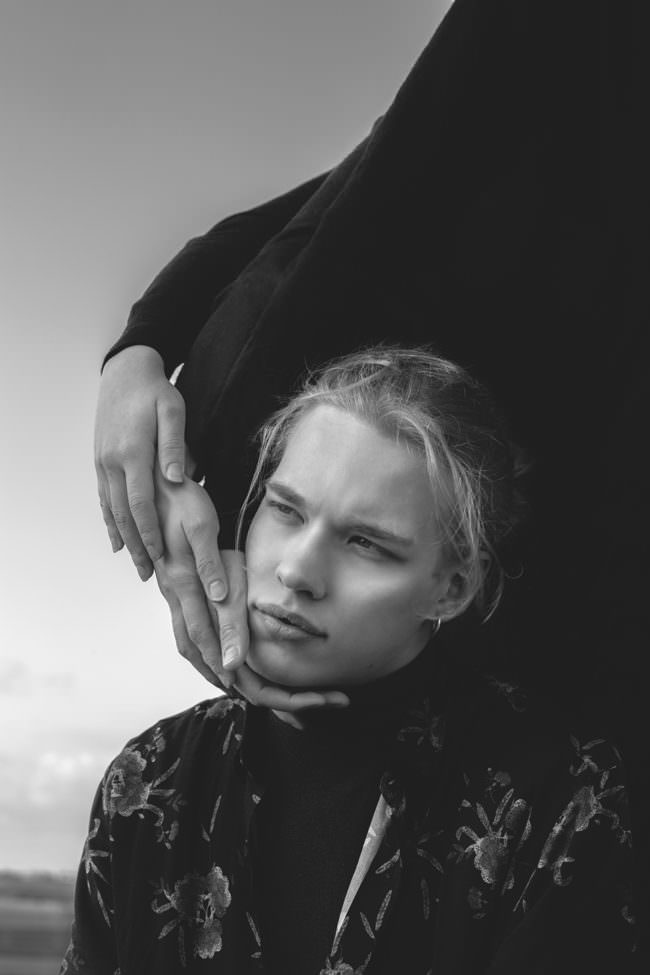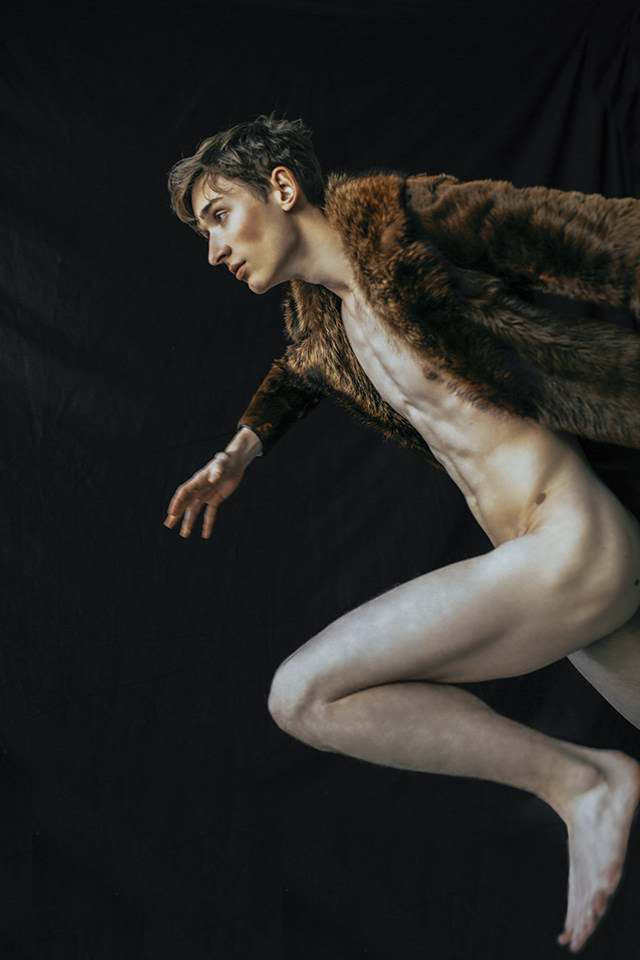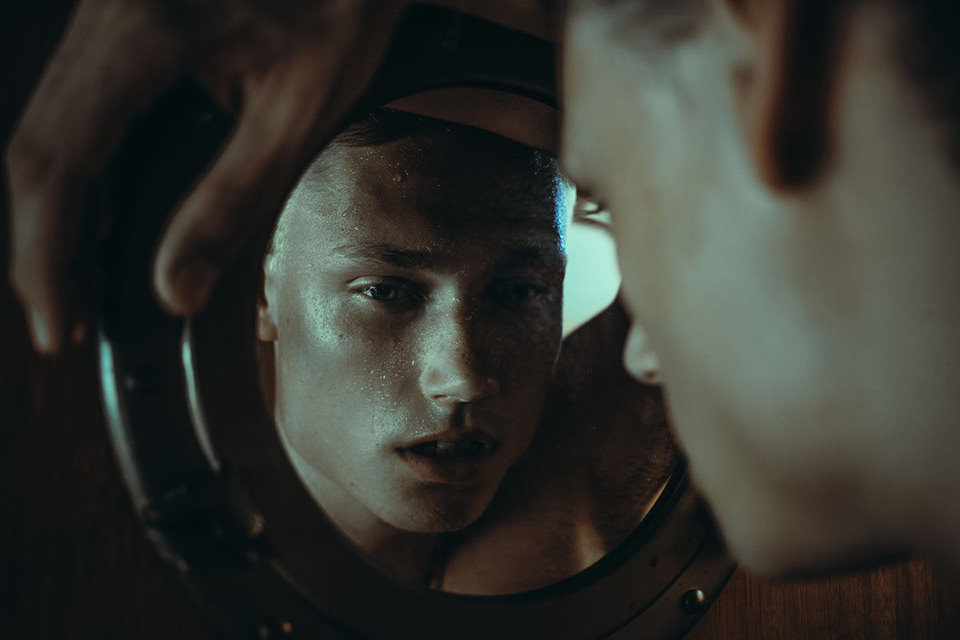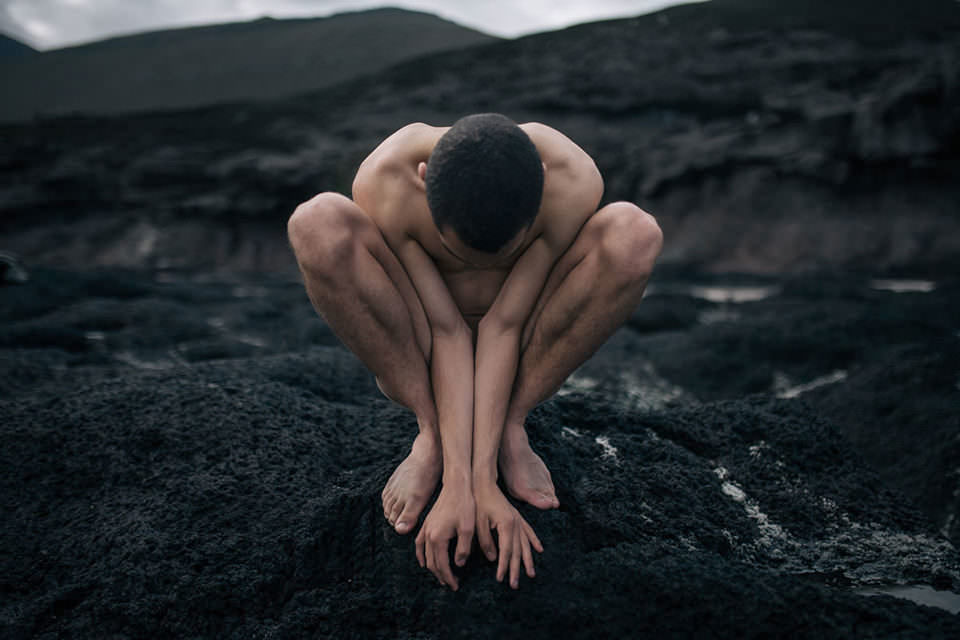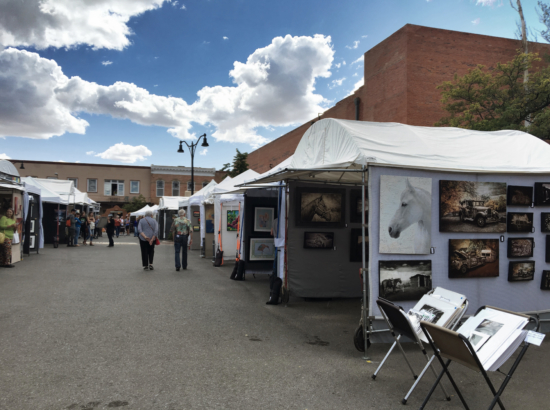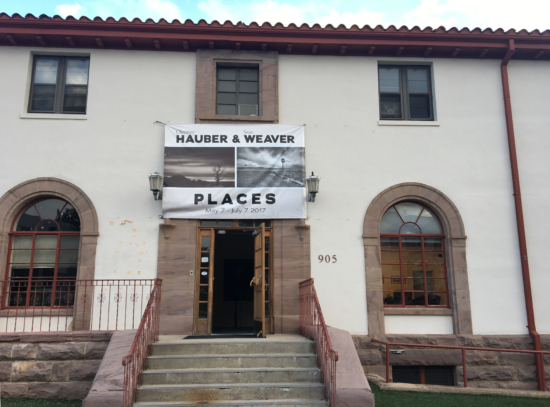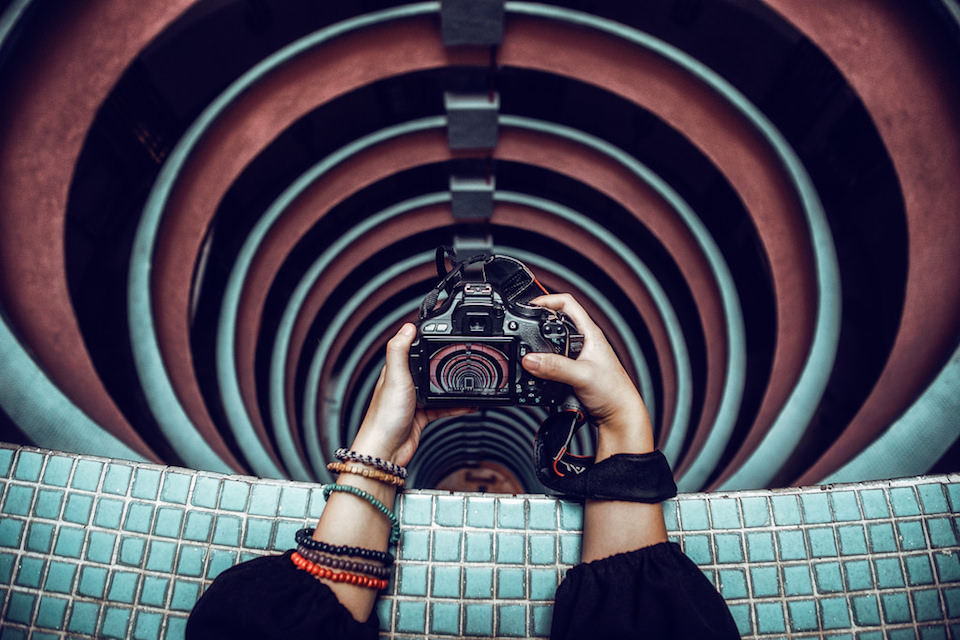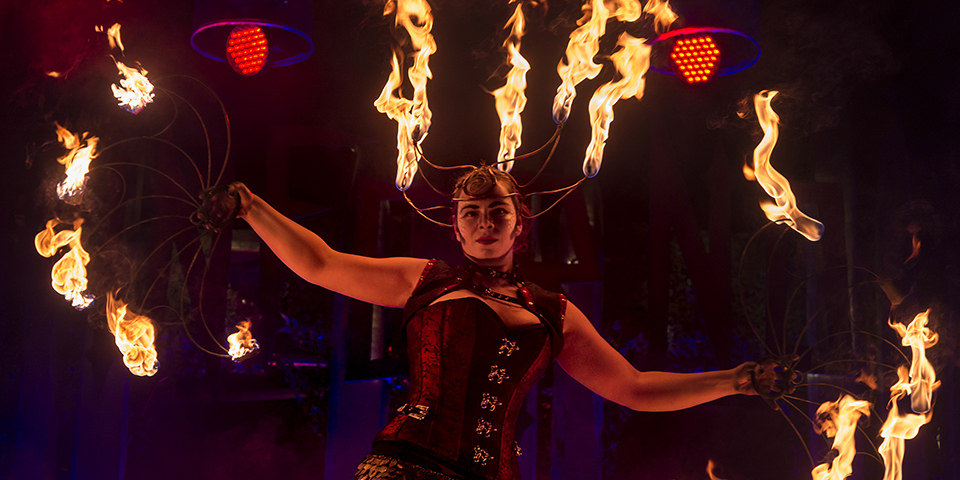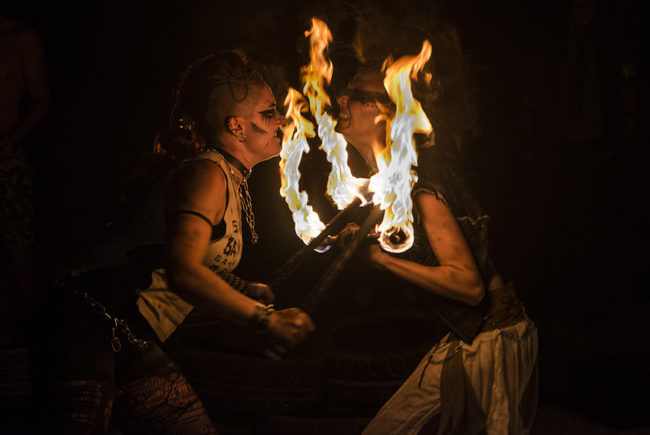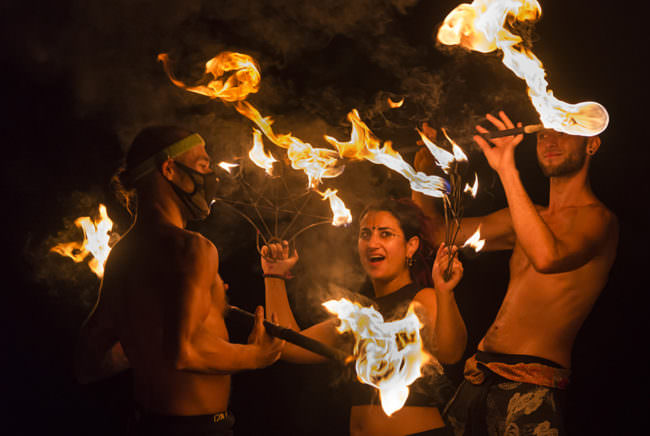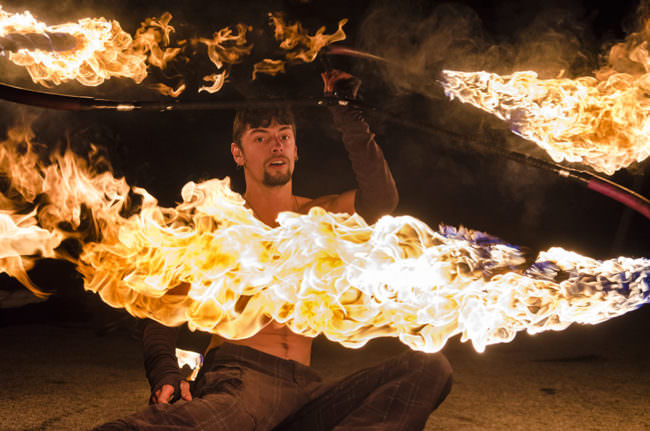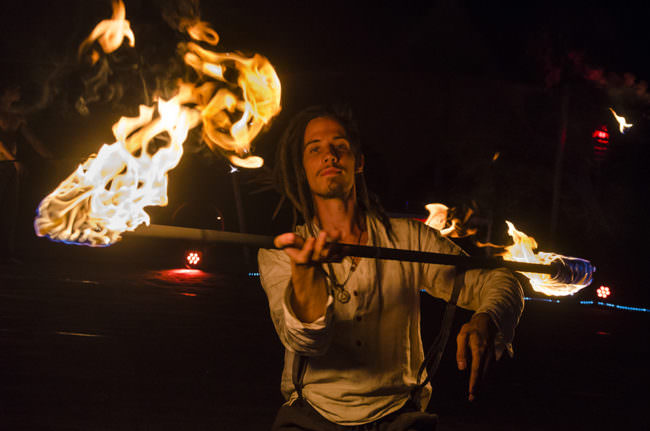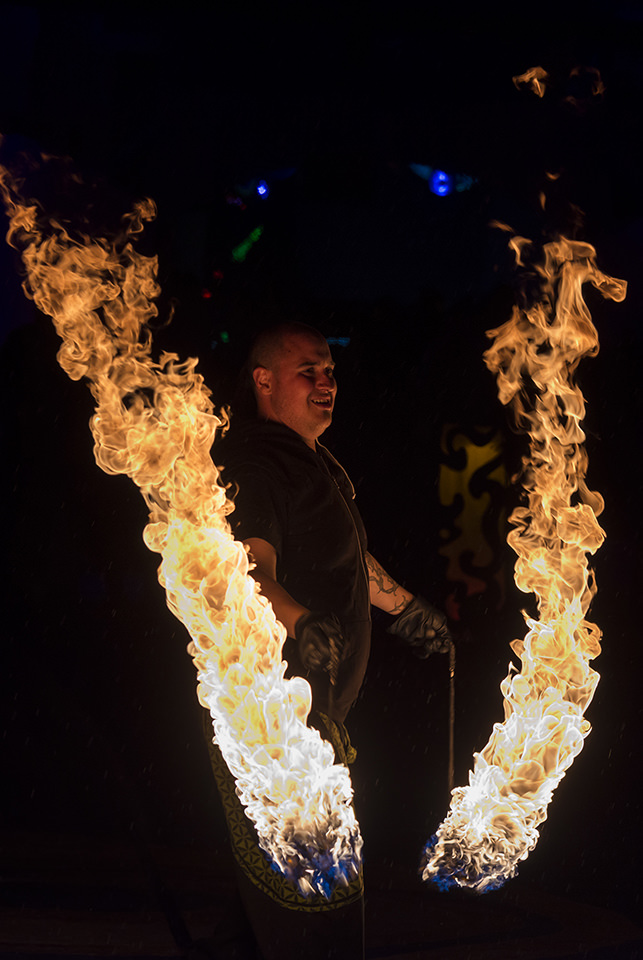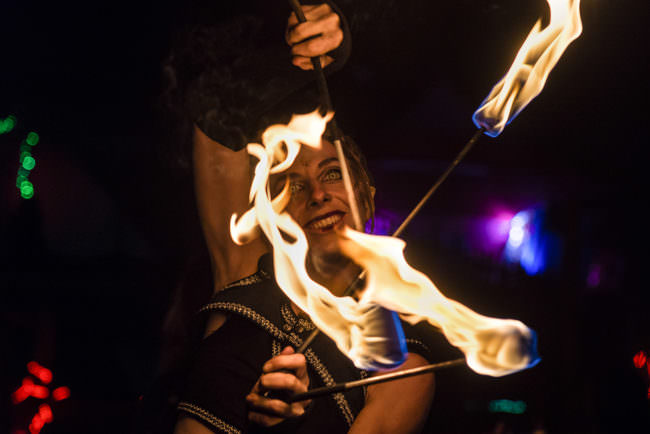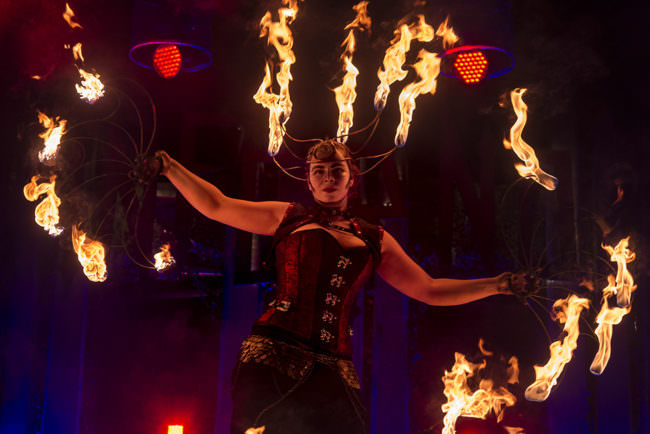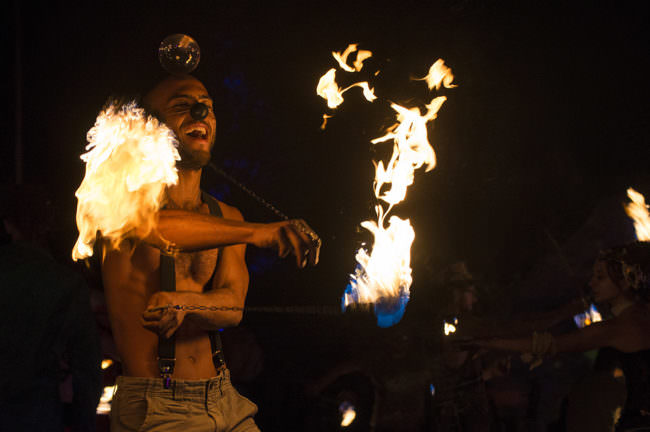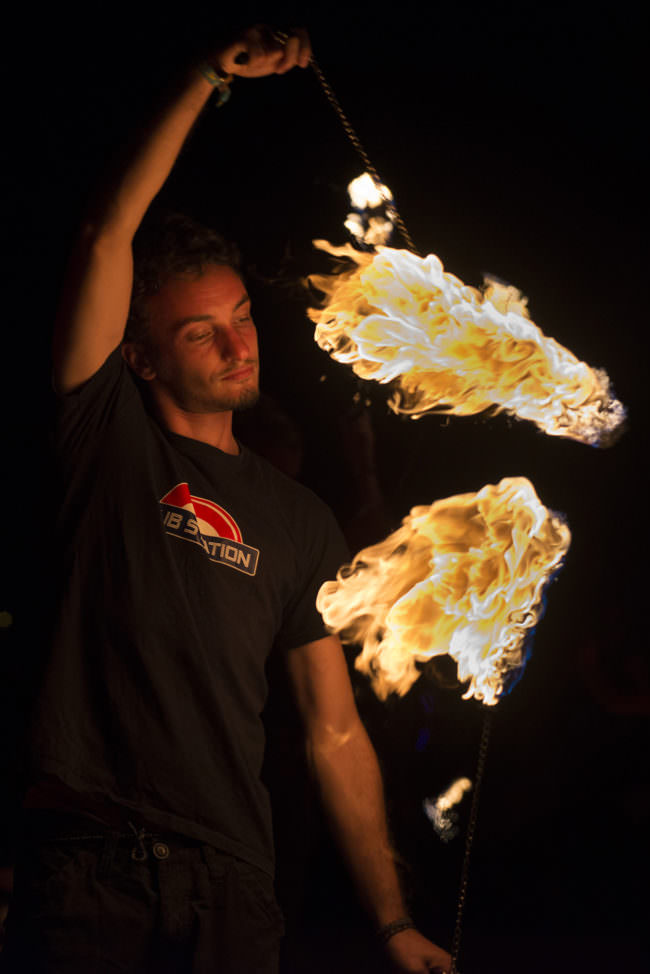Afghanistan endlos
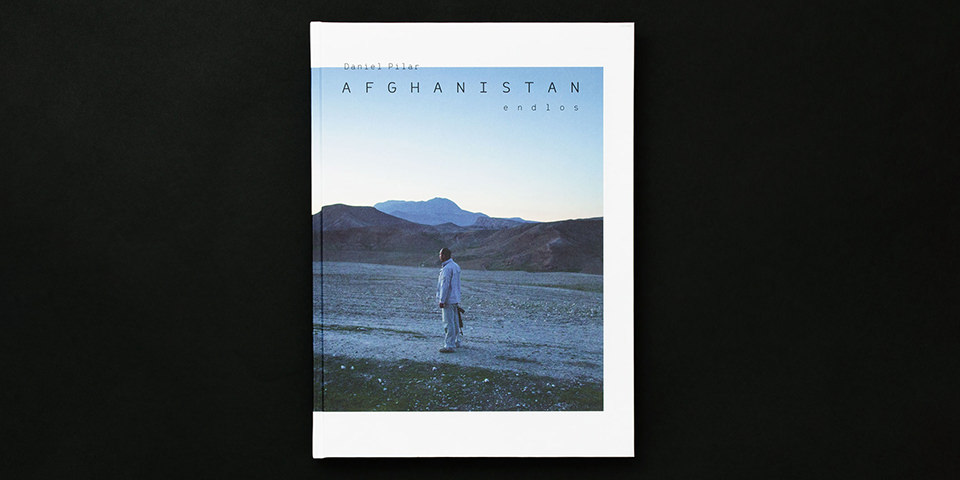
Ein Beitrag von: Christopher Horne
Wie so viele Bücher über diese Region behandelt „Afghanistan endlos“  kriegerische Konflikte vor Ort. Anders aber als die meisten Bücher möchte sich „Afghanistan endlos“ des laif-Fotografen Daniel Pilar nicht in den allgegenwärtigen Kanon der Kriegsästhetik einreihen, sondern den Blick auf den Alltag der stationierten Bundeswehrtruppen im ISAF-Verband zeigen.
kriegerische Konflikte vor Ort. Anders aber als die meisten Bücher möchte sich „Afghanistan endlos“ des laif-Fotografen Daniel Pilar nicht in den allgegenwärtigen Kanon der Kriegsästhetik einreihen, sondern den Blick auf den Alltag der stationierten Bundeswehrtruppen im ISAF-Verband zeigen.
Dabei zeigen die Fotos oft eine gestalterische Banalität einerseits und Distanziertheit der Soldat*innen mit ihrem Umfeld. Nichts scheint wirklich zu stimmen, die Truppen wirken fehl am Platz, der Einsatz ohne klares Ziel. Es besteht eine fruchtbare Beziehung zwischen Text und Fotos.
Das Titelbild ist Programm: Ein Mann in Armeekleidung blickt in der Abenddämmerung, mittig in eine Steinwüstenlandschaft gesetzt, in Richtung Westen und hält sein Gewehr lässig in der rechten Hand nach unten. So endlos wie der Titel verspricht, wirkt auch seine Umwelt. Das Buch scheint schon auf dem Titel zu suggerieren: „Hier passiert nicht viel.“ Doch das stimmt nur teilweise.
„Afghanistan endlos“ ist unterteilt in drei Abschnitte plus Anhang: Nach dem Vorwort des Fotografen („Sandsäcke und Uniformen, Badelatschen und Radarfallen. Ein unwirklicher Alltag in Afghanistan“), in dem Pilar den situativen Kontext des Themas umreißt, führt der politikwissenschaftliche Artikel von Dr. Philipp Münch („Afghanistan. Die Logik einer endlosen Intervention“) tiefer in die Motivation und politischen Hintergründe des Afghanistaneinsatzes der Bundeswehr ein.
Erst ab Seite 24 beginnt der fotografische Teil. Und das ist wichtig. Die drei Kapitel ergänzen sich gut. Die beiden Artikel geben gewissermaßen einen Lesehinweis für das gezeigte Bildmaterial und seine Einordnung.
Im Vorwort erläutert Daniel Pilar nicht unkritisch seine Motivation, dieses Buch zu erstellen. Von Beginn an, seit seinem ersten Afghanistanaufenthalt als Bildjournalist im Jahr 2007, faszinierte es ihn, hinter die Kriegsschauplätze zu blicken und journalistisch das Land, seine Kultur und seine Gesellschaft zu ergründen.
Er erzählt von seinen Begegnungen mit den Menschen an der Waffe, die für Deutschland „die Sicherheit am Hindukusch verteidigen“ sollen, sich aber politisch und ideologisch fehl am Platz fühlen. Aber soldatischer Eid ist soldatischer Eid – und so ein Auslandseinsatz bedeutet nun einmal weitaus mehr Geld.
Pilar erzählt von Menschen, die zum größten Teil im Lager bleiben, ihre Zeit absitzen und nach einigen Monaten wieder nach Deutschland reisen. Er erzählt gleichzeitig von den wenigen anderen, die diese Kamerad*innen als „Drinnis“ bezeichnen und den Schritt vor die Lagertore wagen – und damit in höchst unsicheres Terrain.
Ferner erzählt er vom inszenierten Charakter des Einsatzes, dass beispielsweise Fototermine vor allem für die heimische Bevölkerung eine Botschaft transportieren sollten: Das ist kein Kampfeinsatz und wir sind auch bald wieder weg, obwohl in Afghanistan bereits 55 Bundeswehrsoldat*innen bei sogenannten Zwischenfällen umgekommen sind.
Das Stichwort „Inszenierung“ greift der Politologe Münch in seinem nachfolgenden Artikel wieder auf, indem er nachvollziehbar und detailliert nachzeichnet, wie es zum Afghanistan-Einsatz nach 9/11 gekommen ist und dass es vor allem das Interesse Deutschlands und anderer Staaten gewesen sei, sich militärisch einzubringen, um in den internationalen Beziehungen ein stärkeres Gewicht zu erhalten.
Das ist nachvollziehbar, schließlich strebt Deutschland schon seit Längerem einen ständigen Sitz im Sicherheitsrat der Vereinten Nationen an. Es ging nach dieser Analyse nie um eine Befreiung Afghanistans. Messbare, ernstzunehmende Ziele seien nie formuliert worden, anhand derer man Erfolg oder Misserfolg des Einsatzes feststellen könnte. Genau diese Fehlstellung der Zielsetzung und der Abgang eines sinnvollen Konzeptes führten nach Ansicht Münchs aber dazu, dass für den Einsatz in Afghanistan kein Ende in Sicht ist.
„Afghanistan endlos“ zeigt die Welt aus Sicht der Bundeswehr in Afghanistan sowohl auf dem Campus als auch teilweise außerhalb – aus dem Auto heraus, in Polizeibaracken mit schimmligen Wänden oder auf Trainingsgelände in der Wüste. Das Buch schafft es wunderbar, die politischen Unsäglichkeiten und Widersprüche, die mit dem Einsatz einhergehen, auf die Situation der Bundeswehr vor Ort zu projizieren.
Konsequenterweise sprechen die Bilder die dichotome Sprache von Langeweile und Spannung: nicht selten mittig, bühnenhaft und beschreibend gestaltet, um dann im Kontext von Außeneinsätzen ins Gegenteil umzuschlagen, um dynamisch und subjektiv eine gänzlich andere Geschichte zu erzählen.
Das Schlimmste im langweiligen Campusalltag ist es, dass die einzige Flucht das Sonnenbad und die paar Minuten am Tag, um über das Münztelefon mit der Familie zuhause zu sprechen, sind. Kein Rausch, kein Internet, wenig Abwechslung. Die krasse Alternative zu dieser Monotonie des Alltags ist die Unsicherheit, in die sich die Truppen außerhalb des Campus begeben.
Das Buch behandelt neben der Alltagsbeschreibung außerdem eine Reihe emotionaler Kategorien: Auf der einen Seite kann man sich das Schmunzeln nicht verkneifen, wenn mitten in der afghanischen Wüste ein Gartenzwerg, Sinnbild des deutschen Spießbürgertums, das Blumenbeet (rote Rosen) bewacht.
Andererseits macht sich ein Gefühl von Unbehagen und Fremdheit breit, wenn neben den Patrouillen mit den afghanischen Kolleg*innen der Besuch beim Barber der einzige und direkteste Kontakt mit Einheimischen ist. Der Gang zum Barber ist regelmäßige Notwendigkeit, die Patrouille eine soldatische Pflicht. Nichts davon jedoch geschieht freiwillig.
Das Buch ist ein schön zu lesendes Essay über den chaotischen und halbherzigen Afghanistaneinsatz der Bundeswehr, das sich vor allem durch die vorangestellten Texte erschließen lässt. Alles in diesen Fotos schreit nach Sommerferienlager, das man sich nur wiederwillig ausgesucht hat.
In Anbetracht der Opfer auf allen Seiten, die dieser internationale Militäreinsatz hervorgebracht hat, ist das ein frevelhafter Vergleich. Das ist die Stärke von „Afghanistan endlos“. Im Gegensatz zur üblichen Kriegsästhetik portraitiert das Buch einerseits die Menschen des Krieges, die Einsatzkräfte, die mit zu diesem Konflikt beigetragen haben. Darüber hinaus aber schafft das Buch noch viel mehr.
Die analytischen Einleitungstexte, die gut erfassbar das Fehlen politischer Planung und Zielsetzung kritisieren, werden anhand der Fotos konkretisiert und damit als Beweisführung greifbar. Am Ende bleibt ein unwohles Gefühl.
Informationen zum Buch
Afghanistan endlos  von Daniel Pilar
von Daniel Pilar
Sprache: Deutsch
Einband: Gebunden
Seiten: 112
Maße: 20,7 x 27,7 cm
Verlag: Kettler
Preis: 38 €
kwerfeldein – Magazin für Fotografie https://ift.tt/2O1Ajwy
Sourced by Time Trap Photography sharing the best photography tips, news and tricks throughout the industry. Time Trap Photography is dedicated to freezing those special moments in life that can be revisited and admired for generations to come. - Shannon Bourque
Please visit our main site for booking availability and rates.

Receive valuable industry knowledge delivered free to your email each day.


